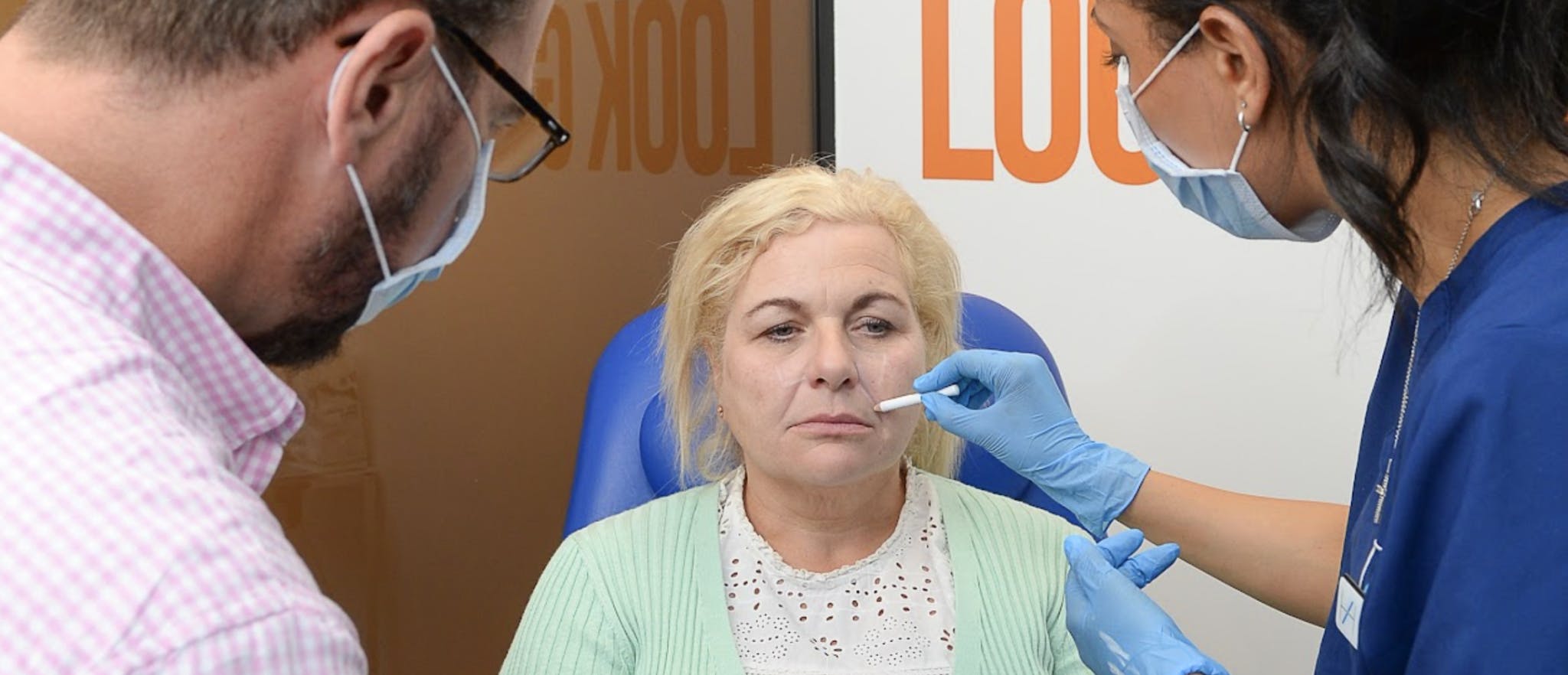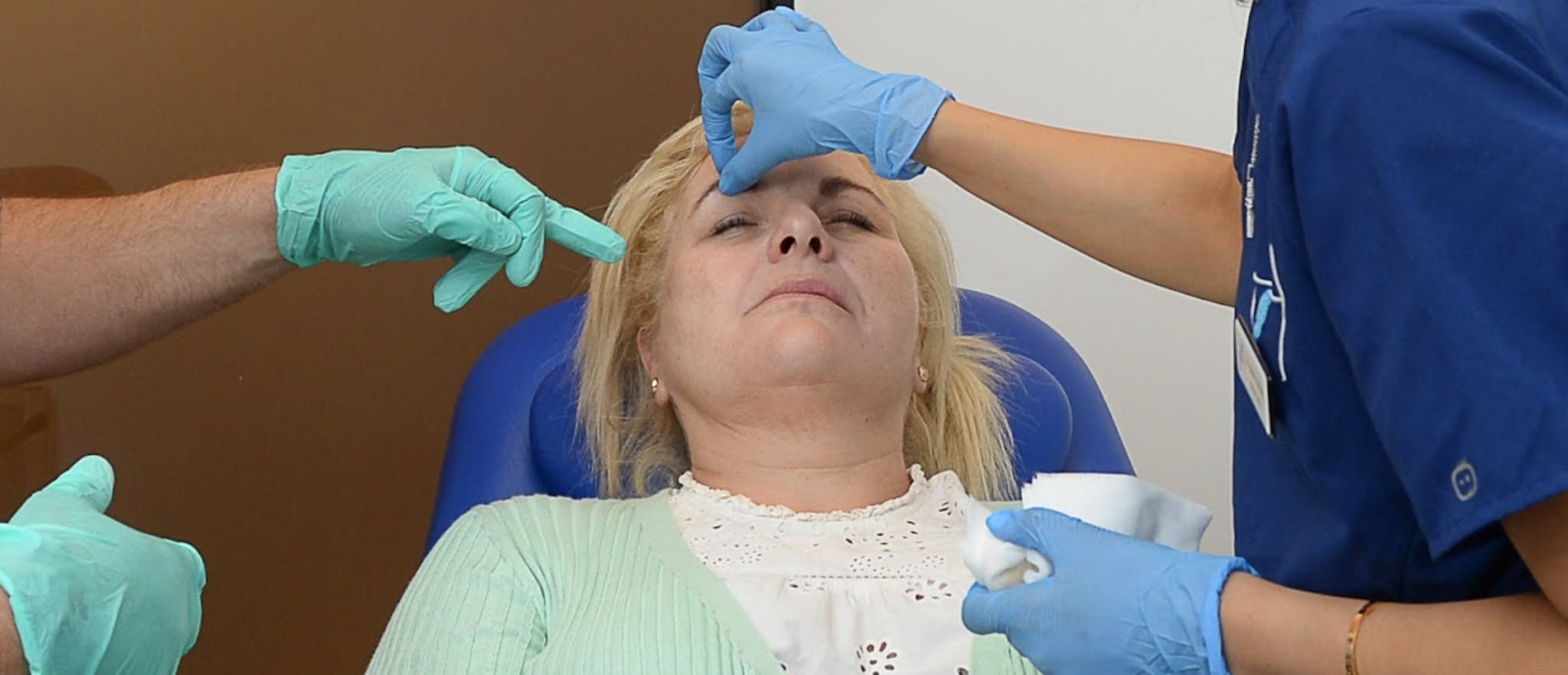A new Injectors’ guide to correcting Asymmetry

In addition to anti-ageing and beautification concerns, correcting asymmetry is another popular reason for patients seeking injectable treatments.
Depending on the particular issue, correcting asymmetry can involve the use of fillers and/or toxin. As such, it’s important for injectors to develop a deep understanding of the types of asymmetries that commonly present, as well as how to correct them.
We spoke to Level 7-qualified cosmetic doctor and Harley Academy clinical trainer, Dr Carol Mastropierro to find out more...

EXPERT ADVICE ON CORRECTING ASYMMETRY USING COSMETIC INJECTABLES
“Let’s start by acknowledging that everyone is asymmetric,” states Dr Carol. “These asymmetries present on different levels. Some originate from the bone and, in my opinion, are harder to correct. Some are in the soft tissue and these are easier to correct.”
How to assess your patient for asymmetries
“When addressing asymmetries, a thorough assessment and consultation should be carried out. The patient should be assessed sitting up with their head in the anatomical position. This is in a straight line from the tragus to the nose. Asymmetries should be analysed at rest and upon movement,” she instructs.
“Once you have considered the clinical cause, the next fundamental step will be openly discussing asymmetries with patients,” she notes. “Obviously this can be quite a delicate part of the consultation. There’s a fine balance between pointing out the asymmetry and giving your patient an insecurity. Remember that they may not even have noticed this previously.”
Dr Carol also cautions, “It is of paramount importance that you never promise to correct the asymmetry.”

Practical guidance on correcting asymmetry
“Please photograph the face from various angles, as well as at rest and on movement, so there is evidence of the patient’s baseline. This is a medicolegal requirement. Moresoever, should there be concerns later down the line, there’s an indisputable visual baseline representation,” says Dr Carol.
She advises “Generally, asymmetries are best corrected over multiple sessions, starting from the side that needs correction.”
“Brow asymmetry may be corrected by careful placement of toxin in the frontalis. To achieve a more symmetrical look, adjust the dosage and positioning of your injection points.”
“Asymmetry in the mid-face, lower face and/or lips are most commonly corrected using dermal fillers. It’s best to underpromise on results, plan for multiple sessions and always start from the side that needs more volume added,” she counsels.
“Most importantly, keep reminding your patient all throughout that asymmetries are normal and everyone has them to some degree!”
Treating patients with Bell’s palsy
Patients with Bell’s palsy may also present requesting treatment to address asymmetry.
“Make sure these patients are no longer in the acute phase.” advises Dr Carol. “It also takes experience and confidence managing these patients, so take advice or refer on if required.”

INJECTABLES TRAINING THAT COVERS CORRECTING ASYMMETRY
You will not learn how to correct asymmetry during your initial basic one or two day introductory aesthetics courses. It’s a skill that requires a more in-depth understanding of anatomy as well as sound injecting techniques.
Correcting asymmetry is covered in our industry-leading Level 7 Diploma in Botox & Dermal Fillers course.
Your comprehensive, self-paced eLearning sets out the theory of how to treat different asymmetries. Then, your hands-on mentored injecting allows you to experience life as an injector in a real, working aesthetics clinic. As such, you’ll come across all manner of different patient presentations including asymmetries, during your one-to-one training.
This approach is one of the biggest benefits of such a mentoring-heavy course as it allows you to experience a realistic array of different presentations. You then treat these patients – or refuse treatment – under the guidance of your experienced mentor.
Learning in this type of real-world clinical environment, where you never share patients, means you have the benefit of being able to draw on the experience of an aesthetics specialist in the moment. By experiencing as many different patient types as possible during your mentoring, you reduce the pressure of encountering new issues when you start practising on your own.
For detailed information on our Level 7 Diploma in injectables, or to find out which of our training options is the best aesthetics course for you, book a call with our courses advisor, Christine Slater.
All information correct at the time of publication
Download our full prospectus
Browse all our injectables, dermal fillers and cosmetic dermatology courses in one document
By submitting this form, you agree to receive marketing about our products, events, promotions and exclusive content. Consent is not a condition of purchase, and no purchase is necessary. Message frequency varies. View our Privacy Policy and Terms & Conditions
Attend our FREE open evening
If you're not sure which course is right for you, let us help
Join us online or in-person at our free open evening to learn more
Our Partners













STAY INFORMED
Sign up to receive industry news, careers advice, special offers and information on Harley Academy courses and services

